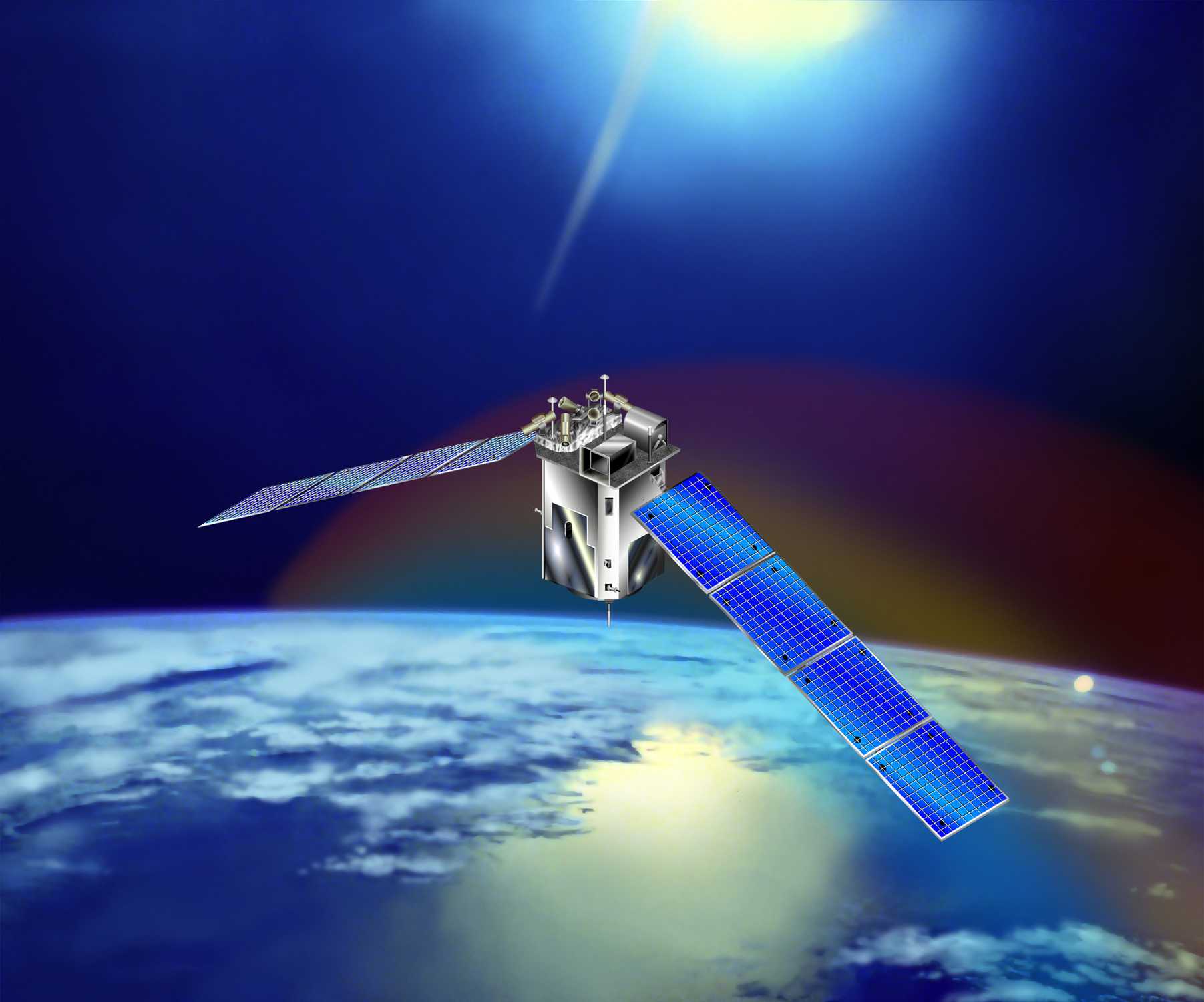Press Release
TIMED Mission Celebrates 5,000 Days of Continuous Data Collection, Sixth Extended Mission
Thu, 09/17/2015 - 09:27
The NASA TIMED (Thermosphere Ionosphere Mesosphere Energetics and Dynamics) spacecraft, which studies the impact of solar- and human-induced disturbances on Earth’s upper atmosphere, celebrated 5,000 days of continuous data collection on Aug. 15. During that time, the spacecraft completed more than 74,000 Earth orbits and accumulated more than 9 terabytes of data, served by the TIMED Mission Science Data Center located at the Johns Hopkins University Applied Physics Laboratory (APL) and now archived at the Space Physics Data Facility at the NASA Goddard Space Flight Center.
The TIMED spacecraft — built and operated for NASA by APL in Laurel, Maryland — was launched in December 2001. The mission recently received high grades in the 2015 NASA Heliophysics Senior Review, and was approved for a sixth extended mission.
During the extended mission, scientists hope to further their study of some of Earth’s least-understood atmospheric variability.
“In the current mission, we will continue to characterize and study the ITM drivers and response,” said TIMED Project Scientist Sam Yee, of APL. “We are especially focused on the comparison between the current solar cycle and those in the previous solar cycle. The solar and geomagnetic activity during the current solar cycle is about half as active as the previous one, an event that only occurs every 100 to 200 years.”
The solar cycle is the periodic variations of high and low activity on the sun that repeat approximately every 11 years. These variations drive the chemistry and dynamics of our upper atmosphere and the near-Earth space environment. Collecting uninterrupted observations of multiple solar cycles has given scientists the unique ability to differentiate solar cycle contributions from the long-term decadal changes in the ionosphere-thermosphere-mesosphere (ITM) system.
“We anticipate new discoveries, namely how the upper atmosphere responds to slow-varying drivers, such as changes in lower atmosphere greenhouse gases and El Niño/La Niña ocean temperature cycles,” Yee said.
The data collected from the TIMED mission is helping scientists understand the energy transfer into and out of the mesosphere and lower thermosphere/ionosphere region of Earth’s atmosphere, which is located between approximately 40 and 110 miles above the Earth’s surface. The mission is also providing valuable information on the basic structure of pressure, temperature and winds that result from the global energy balance.
Research results and discoveries from the mission have been documented in more than 1,700 scientific papers in national and international journals since launch. In 2014 alone, TIMED contributed to about 200 journal publications and 80 conference presentations.
TIMED Mission Systems Engineer David Kusnierkiewicz noted that even after 13 years of operation, the spacecraft continues to perform within specification. “All instruments are healthy and continue to make daily observations with nearly 100 percent data capture and downlink,” Kusnierkiewicz said. “The TIMED scientific productivity remains very high and the mission is expected to continue well into the current solar cycle. The longevity of the TIMED mission is really a tribute to the robust engineering design of the spacecraft and its instruments and the excellence and hard work of the mission operations and science teams.”
The mission is the first in NASA’s Heliophysics Solar Terrestrial Probes Program, which targets unsolved scientific questions necessary to understand fundamental physical processes in the solar system from the sun to planetary bodies, including Earth, and to the interstellar boundary. TIMED is managed by NASA’s Goddard Space Flight Center in Greenbelt, Maryland. APL designed, built and operates the spacecraft and leads the project’s science effort for NASA during the mission.
